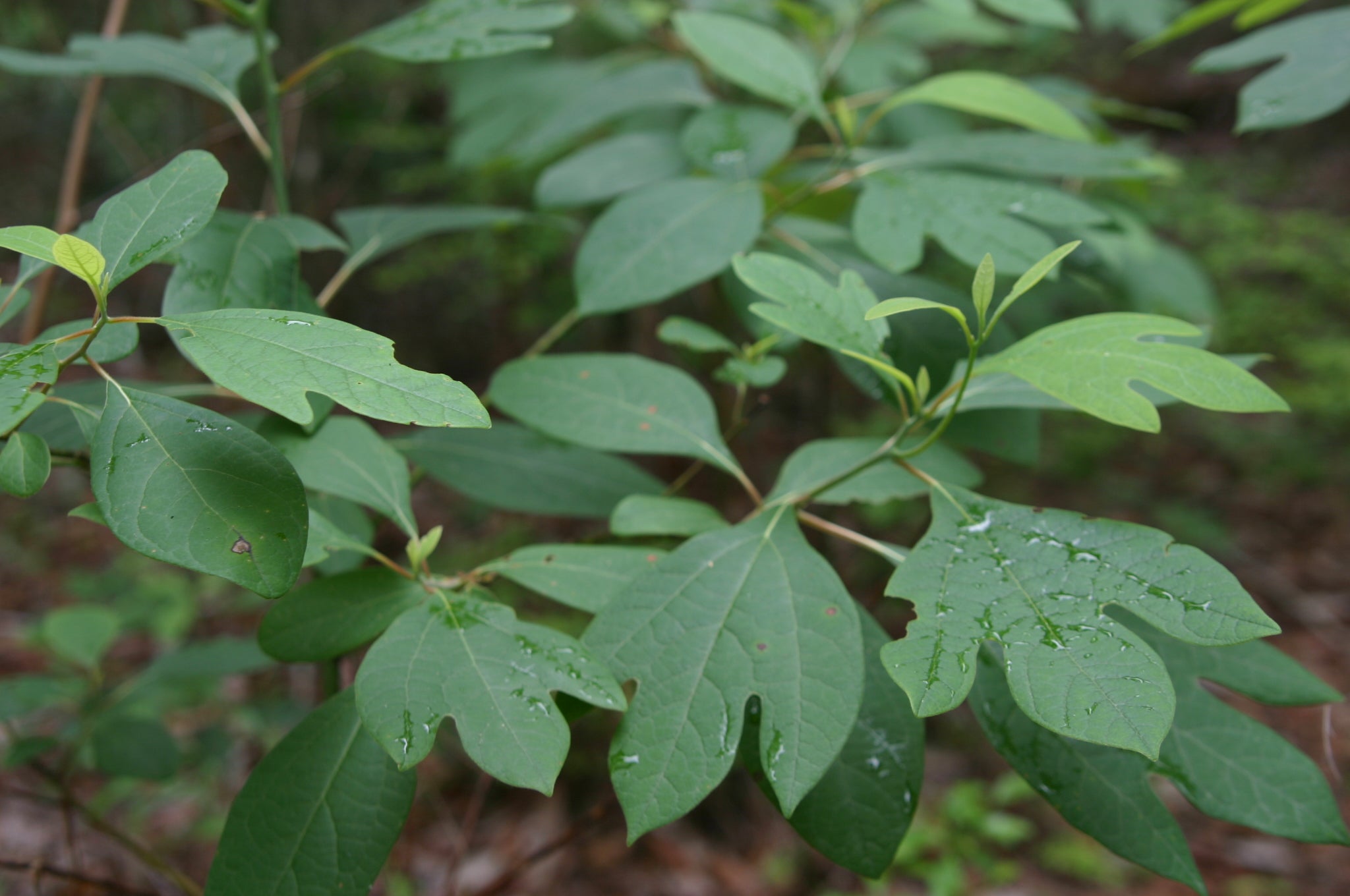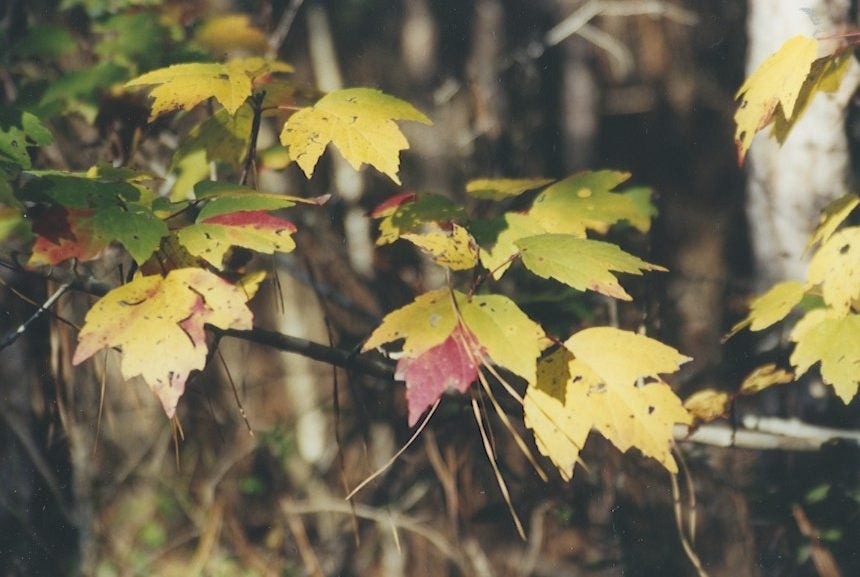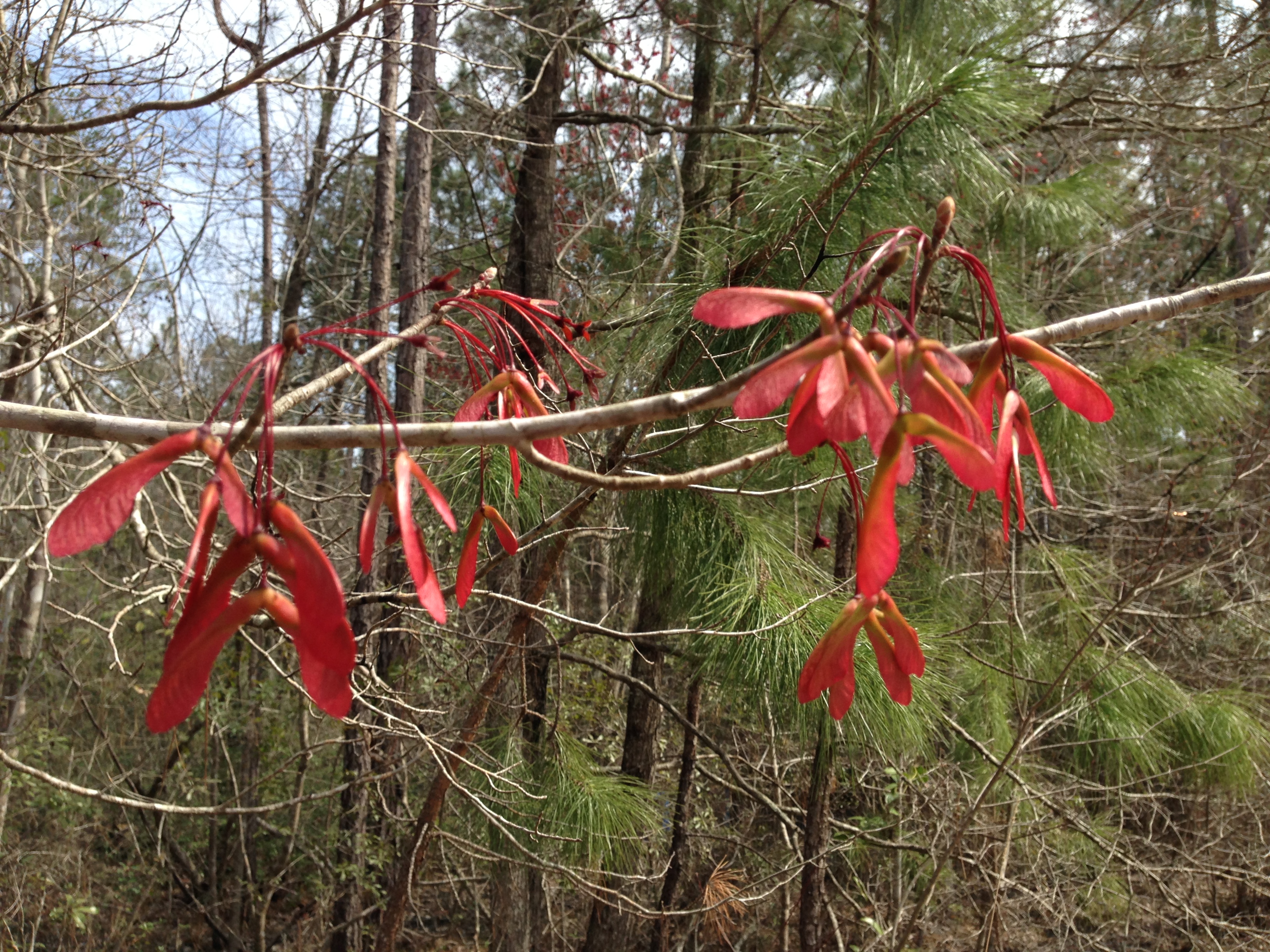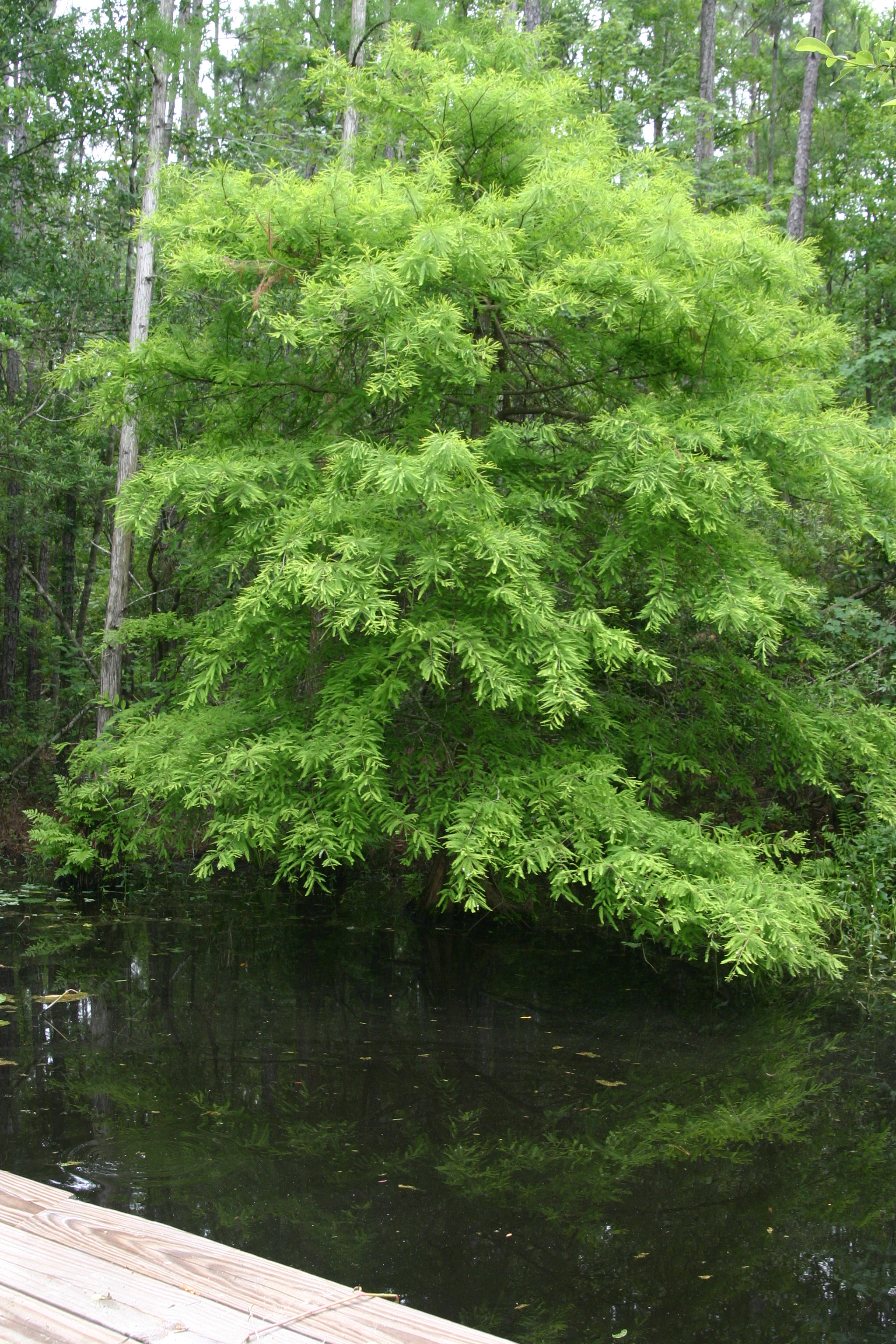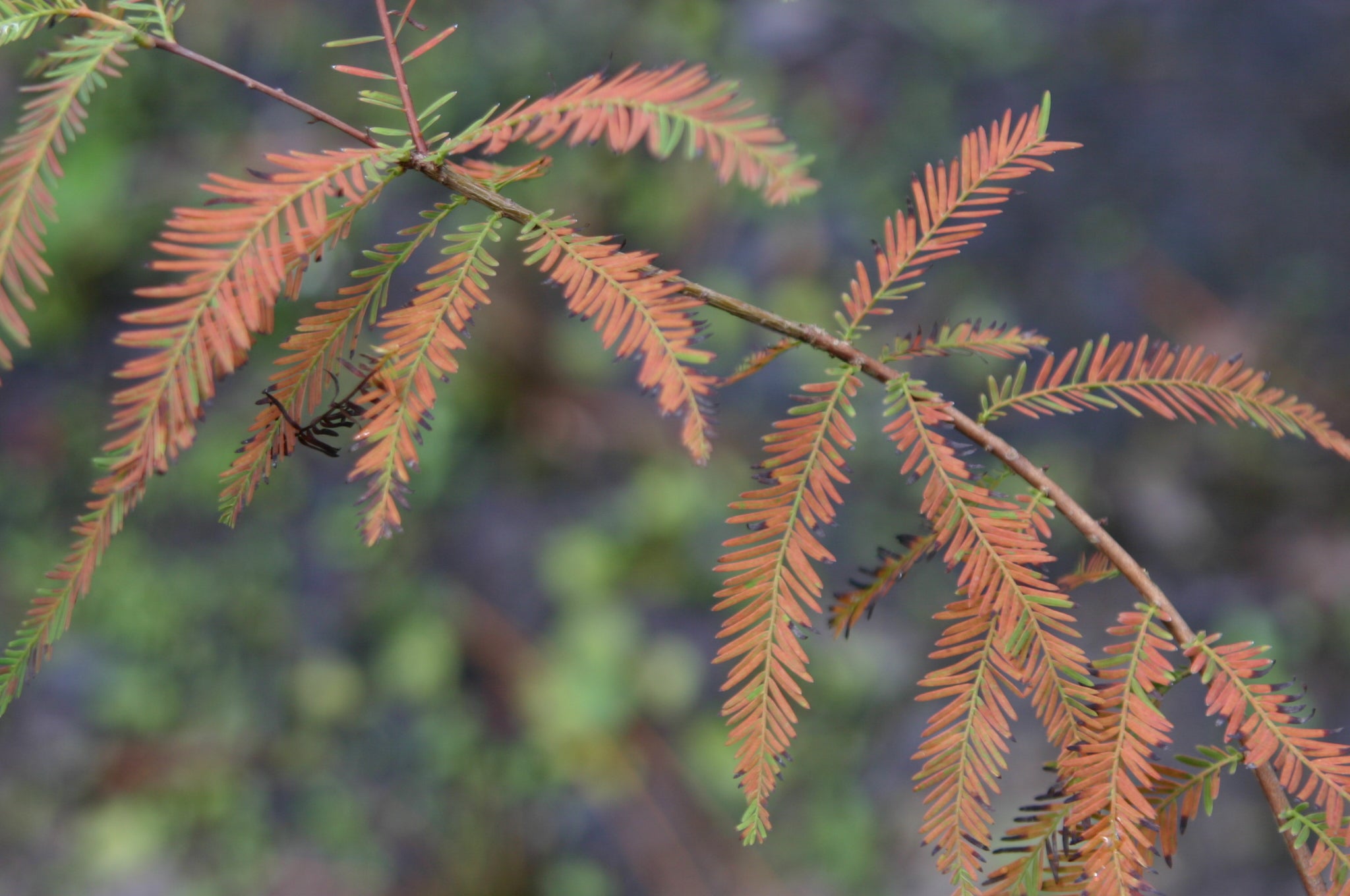Some outstanding native Mississippi trees for your winter planting projects
Published 11:33 am Sunday, February 20, 2022
By Patricia Drackett
Director of the Crosby Arboretum and
assistant extension professor of landscape architecture with the Mississippi State University Extension Service.
Bald cypress trees (Taxodium distichum) are one of the signature trees of our coastal south. Many who may claim they have little knowledge of plants can usually quickly identify cypress, live oak, and southern magnolia trees. Can you spot a bald cypress tree in the winter landscape? The tree has a characteristic shape, with its multiple small branches and pyramid form and one of the best trees to withstand hurricane damage. Have you have noticed the cypress trees that are growing in the median of Memorial Boulevard in Picayune?
Bald cypress is a native tree that occurs naturally in wet habitats throughout the Southern Coastal Plain, such as the pond edges of the Arboretum’s Aquatic Exhibit. It prefers acidic soils and full sun. Although it tolerates wet sites, this tree also does well on upland environments.
According to the publication, “Champion Trees of Mississippi”, published by the Mississippi Forestry Commission, Mississippi’s largest tree is a bald cypress located near the town of Belzoni in Humphreys County on property owned by the Mississippi Department of Wildlife, Fisheries and Parks. The tree is 46 feet, 9 inches in circumference, about 15 feet in diameter, and 70 feet in height. This state champion is found 300 feet from the former champion bald cypress, which is only slightly smaller and is the second largest tree in the state. According to the publication, one of these trees would produce enough lumber to build six ordinary houses!
This tree will grow quite tall, to 70 feet or more, but it will take quite a while to reach these heights. Bald cypress also will grow very quickly when young, and they are attractive in the landscape due to their uniform shape and feathery leaves that turn a rusty orange in autumn.
Want some free mulch? Cypress leaves are an attractive cover in landscape beds. Just rake the delicate leaves from your turf areas and use to conserve soil moisture and reduce weed growth in your beds. Do you have areas on your property that are constantly wet? Perhaps you know this tree because of its tendency to sprout “knees” in lawn areas. If you don’t like the idea of bald cypress knees sprouting in your lawn, consider planting a group of three or more of the trees, and add some native iris such as southern blue flag (Iris virginiana) or some of the attractive Louisiana native hybrid iris at the base to create an “island” area in your lawn. The trees will provide you with a light and lacy shade.
Bald cypress is found planted in groupings around the Arboretum’s Piney Woods Pond. On your next visit, observe where it grows on our site and repeat these patterns in your home landscape. Stand on the edge of our Pinecote Pavilion and look slightly to your left to the area called Cypress Head. Follow the Pond Journey to this area and you will discover a hidden overlook surrounded by both bald cypress and pond cypress (Taxodium ascendens). Pond cypress has a sparser, thinner look than bald cypress, and occurs naturally in wet savannas and shallow ponds, while bald cypress is found in much wetter areas such as swamps, floodplains, and bottomlands.
At the Mississippi State University Extension website (http://extension.msstate.edu/), home gardeners may download two excellent publications on Mississippi native shrubs and trees, “Native Trees for Mississippi Landscapes” and “Native Shrubs for Mississippi Landscapes”. Search by title at the MSU Extension website. Many additional resources about native plants and sustainable landscaping are also available to read or download here.
A winter botany field walk will be held Saturday, February 26, from 1:00 to 2:00 p.m. with director Pat Drackett. Explore native plants in the Crosby Arboretum exhibits and learn about uses of native species in the garden and home landscape, including those that are edible or have wildlife value. Walk is $3 for Arboretum members, and $5 for non-members.
Join us for a relaxing Forest Therapy walk with Nadine Phillips, certified Forest Therapy Guide in training with the International Nature and Forest Therapy Alliance on Friday, February 25 or Saturday, March 5, from 12:30 to 3:30 p.m. This inviting way of immersing our senses in the atmosphere of the forest is backed by significant medical and scientific research, and the plethora of health benefits are wide-reaching. Space is limited, and reservations are required. Members $10; non-members $15. Call 601-799-2311 to sign up for programs.
Mark your calendar for our big spring native plant sale on Friday and Saturday, March 25 and 26. See our website at crosbyarboretum.msstate.edu/ or our Facebook page for more information on programs and activities.
We are located at 370 Ridge Road in Picayune, at I-59 Exit 4. Leashed pets are always welcome!


